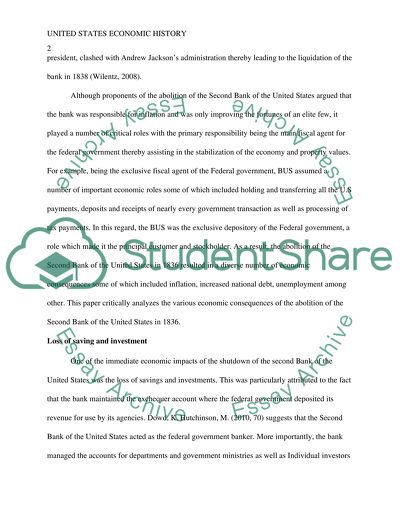Cite this document
(“The economic consequences of the abolition of the Second Bank of the Essay”, n.d.)
The economic consequences of the abolition of the Second Bank of the Essay. Retrieved from https://studentshare.org/macro-microeconomics/1665812-the-economic-consequences-of-the-abolition-of-the-second-bank-of-the-united-states
The economic consequences of the abolition of the Second Bank of the Essay. Retrieved from https://studentshare.org/macro-microeconomics/1665812-the-economic-consequences-of-the-abolition-of-the-second-bank-of-the-united-states
(The Economic Consequences of the Abolition of the Second Bank of the Essay)
The Economic Consequences of the Abolition of the Second Bank of the Essay. https://studentshare.org/macro-microeconomics/1665812-the-economic-consequences-of-the-abolition-of-the-second-bank-of-the-united-states.
The Economic Consequences of the Abolition of the Second Bank of the Essay. https://studentshare.org/macro-microeconomics/1665812-the-economic-consequences-of-the-abolition-of-the-second-bank-of-the-united-states.
“The Economic Consequences of the Abolition of the Second Bank of the Essay”, n.d. https://studentshare.org/macro-microeconomics/1665812-the-economic-consequences-of-the-abolition-of-the-second-bank-of-the-united-states.


